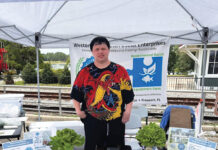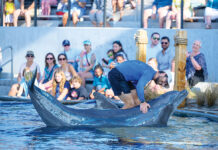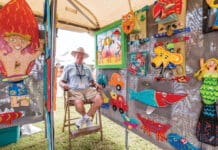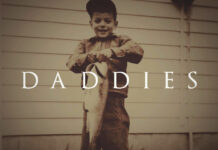The Story of Ruby Elzy and Our Local Connection to Black Diva of the Thirties
By Jené McCracken
Part 1: Meeting Opportunity
“She was a member of the family,” Ed McCracken, founding President of Okaloosa-Walton Junior College (now Northwest Florida State College) said to his visitor, David Weaver. They sat at Ed’s dining room table in his historic house in Valparaiso. The reflection of Tom’s Bayou shimmered through the windows. Before them lay Ed’s collection of memorabilia, photographs, clippings and signed programs of the long forgotten, African American soprano sensation, Ruby Pearl Elzy, who was discovered by Ed’s father, Dr. Charles C., “C. C.,” McCracken in 1926.
David Weaver is a professionally trained singer, performer and broadcaster from Ohio. David had come to visit Ed and his surviving siblings (Janet and Bill) to see if there was material for his new project – a biography of Ruby Elzy.
There was.
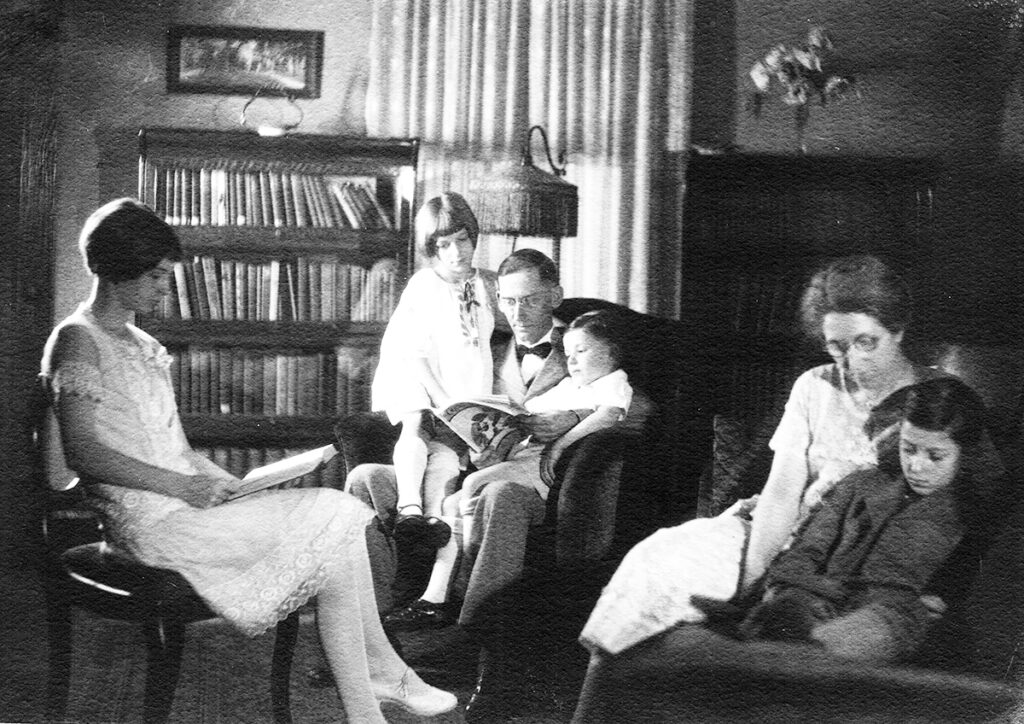
Among Dr. C. C. McCracken’s cherished cache of materials that laid dormant for nearly 50 years, were research notes, report cards, letters from the Elzy family, a fateful telegram and, a surprise to Ed, a 50-page, unfinished manuscript written by his father. The manuscript began: “In the beautiful, old, typically Southern town of Pontotoc, Miss., a little Negro girl with the throat of a songbird was born in a small, unpainted lean-to on a raw February day in 1908.”
Well known in her day, Ruby Elzy’s professional career spanned a brief 13 years. She appeared in the original cast of Porgy and Bess. George Gershwin added the role of Serena specifically for her after hearing her sing just one brief song. Her signature song was “My Man’s Gone Now” which she performed more than 800 times.
Ruby was a radio personality performing on CBS and NBC. She was known from coast to coast. Ruby sang at the Apollo Theatre in Harlem and at the Hollywood Bowl. She loved to sing. She excelled at singing all kinds of music – opera, classical, hymns and her beloved spirituals. Ruby’s great grandmother, an ex-slave, constantly sang to Ruby as a child. Ruby loved those songs and the deep cultural heritage they embodied.
Ruby performed many concerts in Mississippi and at Methodist youth camps nationwide. At a concert at the Hollywood Methodist Church, she sang before eminent members of black society including her good friend, actress Hattie McDaniel. Ruby wrote articles for the Christian Advocate and Etude. The editors noted her comments on race “were the sanest and most sincere we have ever known.” Ruby said in her eloquent essay, “There is no color to talent.”
Ruby also appeared on Broadway and films, most notably, “The Birth of the Blues” with Bing Crosby and Mary Martin. Bing was so impressed with her vocal and acting ability, her personality, and her professionalism that he had his own agent sign Ruby as a new client.
Ruby’s family included three siblings, her mother, Emma Elzy, her grandmother and her great grandmother. The women in the family were all singers. Ruby’s father left the family to find work when Ruby was age 5. He never returned.
Ruby was born when blacks were treated as second class citizens, endured segregation and Jim Crow laws. Emma Elzy, in a letter to Dr. McCracken, said it best – Ruby was born “where opportunity unborn had died for Negro children.”
Mrs. Elzy taught in a one-room schoolhouse, “The Pontotoc Colored School.” To “reading, writing and arithmetic,”a rich catalog of spirituals was added – a source of cultural pride and continuity. The Elzy family planted a patch of cotton adjacent to the lean-to house and took in laundry. Ruby’s job was delivering the laundered bundles to the white families. Ruby entered through the houses’ back doors as was the custom. On these errands, Ruby sang. She always sang. Very early she knew – her life’s passion was singing and performing.
Undaunted by the challenges and aware of Ruby’s desire, her mother secured a place for Ruby at The Rust Home, a boarding school associated with Rust College, established in 1866 by Northern, white Methodists to educate the emancipated slaves.
At Rust College, Ruby met a visiting Ohio State University Professor, Dr. Charles C. McCracken.
The story continues in Part 2 of next month’s Bay Life edition!






